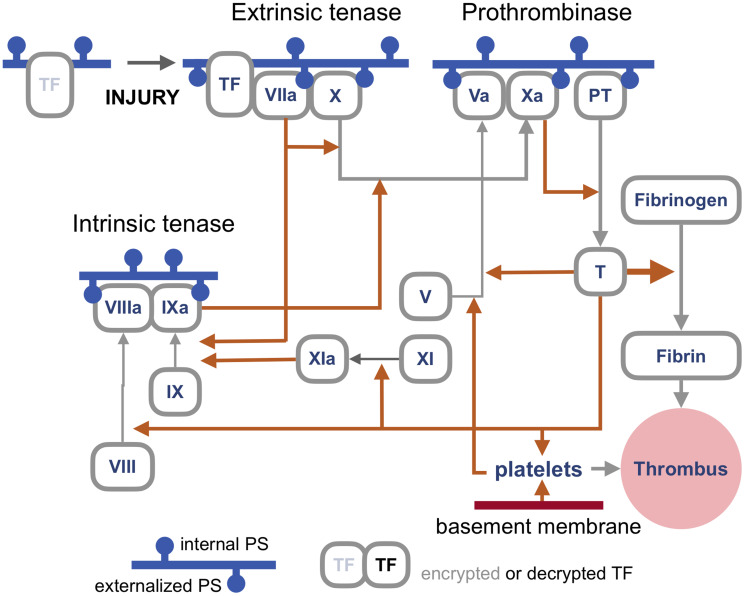Figure 1. An outline of the blood coagulation cascade.
Blood coagulation cascade is a network of proteases, their precursors, cofactors, cells, enzymes, feedbacks, and feedforwards whose complexity and still unresolved questions make this outline by necessity rudimentary, with the primary goal to illustrate where the proteins that require binding to externalized PS (phosphatidylserine) for activation are in the network. Most proteins involved in coagulation are called factors and are labeled by Roman numerals, such as Factor X or FX (hence enzymes that process FX are tenases). For simplicity, in this cartoon the letter F is omitted. Activated factors are labeled with an a, as in FXa. Orange arrows represent proteolytic activity, grey arrows show a transition between forms. Blue horizontal lines represent a cellular membrane with the cell surface facing down. Accordingly, the pinheads of externalized PS also face down. Note that most PS is actively relocated to face the cytoplasm unless the cell dies or the distribution is randomized by lipid scramblases. As discussed in the text, the primary trigger of coagulation induced by viral infections is the extrinsic tenase (top left), which is a complex of TF (Tissue Factor) and FVIIa assembled on externalized PS in the presence of calcium ions. This tenase produces FXa to activate enough thrombin to generate the components of the intrinsic tenase, which increases the production of FXa, and, consequently, of thrombin, which generates enough fibrin to make a thrombus, a meshwork of polymerized and cross-linked fibrin with entrapped blood cells, primarily platelets, which is large and stiff enough to obstruct a blood vessel. Note that TF is encrypted and so is unable to activate FVIIa, until it is de-encrypted by externalized PS [10].

